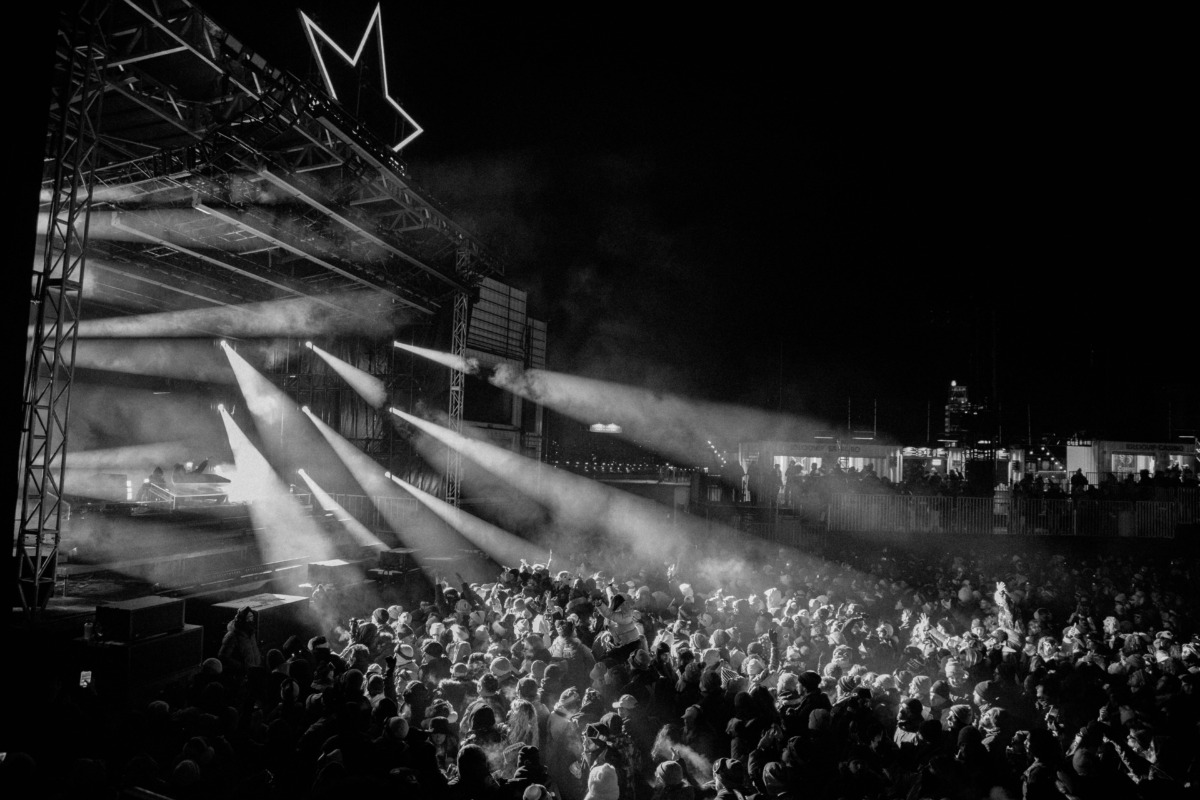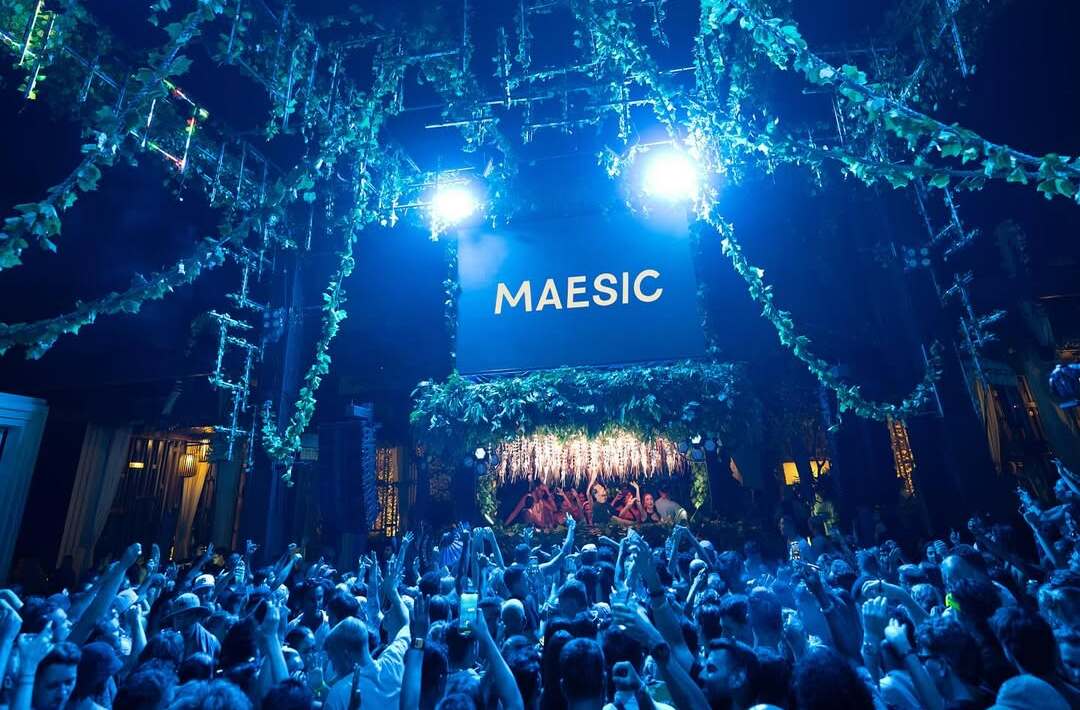In 2010, Dragon Ball Z Kai aired in English for the first time. There was only one problem; it was being aired on Nicktoons and the CW4Kids Toonzai block. As a result, American audiences had to watch the show with many things either changed, censored, or omitted entirely. This led to eyes that looked inflated rather than swollen shut, glowing balls in the place of halos, and coughing up spit rather than blood. They also removed all the swearing and as many mentions of death or killing as possible. The latter point caused some slight changes to the story.
One of the biggest changes is how the characters made wishes on the Dragon Balls, especially resurrection wishes. Since there was an apparent limit to how often the censors will allow words like “died” or “killed,” wishes that involved reversing these outcomes had to be reworded. This doesn’t sound like a big deal, but then there’s one tricky wish King Kai had made on the Balls to bring back Frieza’s victims. The original wish was designed to exploit a convoluted loophole; the censored version not only changed the loophole but also gave a more reasonable explanation for its ultimate outcome.
Understanding the loophole will require an analysis of the situation. It all started in Episode 50, "Full-Power Frieza! Shenron, Grant Our Wish!" During Goku’s final battle with Frieza, King Kai was contacted telepathically by Kami. The Guardian of Earth informed the Lord of Worlds that Mr. Popo had finished gathering Earth’s Dragon Balls and he planned to wish back the victims of the Saiyan invasion of Earth. The gears in King Kai’s head begin turning upon hearing this.
King Kai asked Kami about what circumstances people could be revived under. He learned that multiple people could be brought back with one wish as long as they shared the specified conditions (eg being killed by the same person). The two of them went on to theorize that if the conditions involve indirect causes of death, then even more people could be brought back.
With Kami's established rules in mind, King Kai instructed him to make a wish on Shenron to bring back everyone who was killed by Frieza and his men. His logic was that among the victims should be the Grand Elder, whose life was shortened by the grief he felt over the loss of his people; this would make his death the indirect result of Frieza's killing spree. The plan worked, but the logic of the wish was iffy. Even King Kai admitted that the Grand Eldercoming back through this wish was "a pretty big if." In fact, the episode ended on a cliffhanger right as Shenron was granting the wish, leaving fans to wonder whether it would work.
DBZ Kai's censored version of this conversation worked to change how the wish was made. King Kai instead asked if a resurrection wish could be applied if the person "faced" the villain in question and lost, but their fate wasn't necessarily sealed because that villain killed them. In this way, even if they died of indirect causes, they could still be brought back in the same wish to revive the villain's victims.
With the new logic established by the censored version of this scene, a new wish was requested: "bring back everyone who was harmed by Frieza and his henchmen." With this rewording of the wish, even those who didn't directly fight Frieza could come back. Anyone who was "harmed" by him or his men could be called one of his victims.
This version of the loophole was especially important in the case of the Grand Elder. While he was physically incapable of fighting, he was still "harmed" by Frieza in the sense that he lost the rest of his race. Therefore, he counted as one of Frieza's victims and could thus be revived.
It also didn't interfere with the logic behind his official death. In the original version of this wish, the time taken off his life by grief was given back to him; when that time was used up, he passed on again. While the idea of him dying of grief was lost in translation, it could still be interpreted as a natural death in the censored version. Thus, his passing on again shortly after coming back still makes sense.
For all the odd choices made to censor DBZ Kai, this is one of the only ones that actually turned out for the better. The original version of this scene makes sense, but the logic was full of holes that made it feel like it shouldn't have worked out as well as it did. The censored version had sound logic that worked for how the story was presented. This version of the scene was both reasonable and kid-friendly.
About The Author

